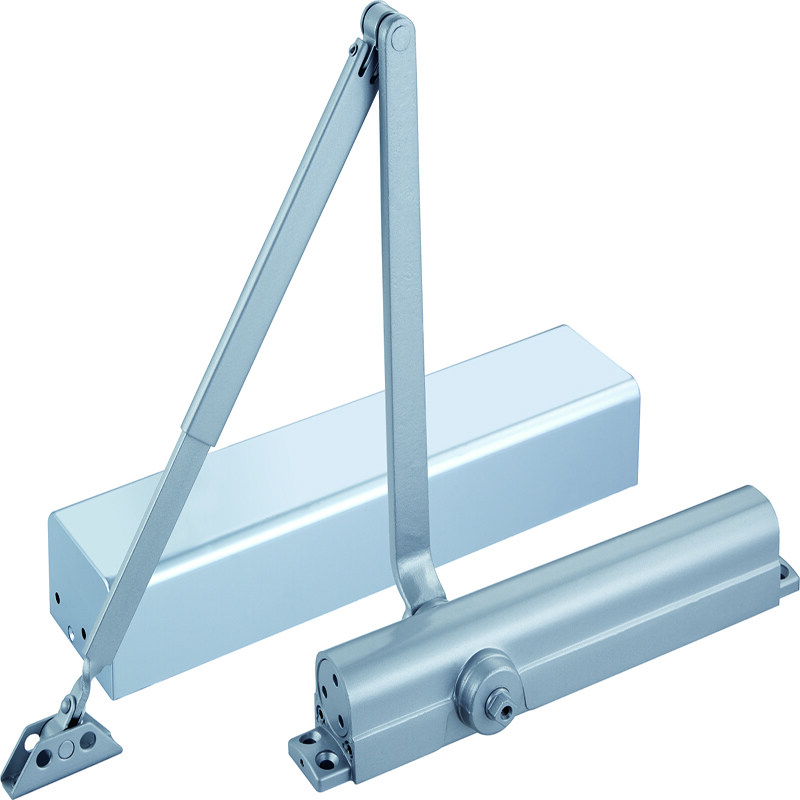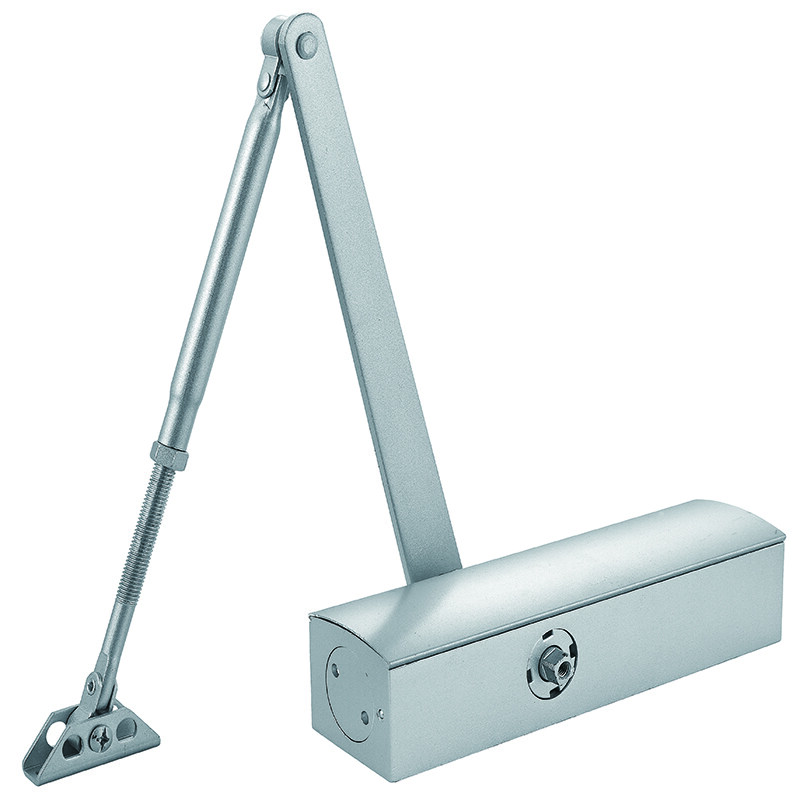Error de formato de correo electrónico
emailCannotEmpty
emailDoesExist
pwdLetterLimtTip
inconsistentPwd
pwdLetterLimtTip
inconsistentPwd

NOTICIAS

Door Closing Mechanism: Ensuring Safety and Efficiency in Various Settings
Doors are an important aspect of any building, whether it is a commercial facility, an elevator, or a fire escape route. To ensure the safety and smooth operations in these settings, door closing mechanisms play a critical role. In this article, we will explore different types of door closing mechanisms, including elevator door closing mechanism, double door closing mechanism, fire door closing mechanism, and slow door closing mechanism. Understanding these mechanisms will shed light on their significance in various contexts.
Elevator Door Closing Mechanism
Elevators are an integral part of high-rise buildings, allowing people to move effortlessly between floors. The door closing mechanism in elevators is designed for both efficiency and safety. When passengers enter or exit the elevator, sensors located around the door frame detect their presence. These sensors ensure that the elevator doors do not close on anyone or anything, preventing accidents or injuries. Once the passengers are safely inside, the doors close smoothly and securely, aided by mechanisms such as motors, gears, and pulleys.
Double doors are commonly found in commercial buildings, providing larger passageways and facilitating the movement of people and goods. The closing mechanism for double doors usually involves a combination of mechanical hardware and hydraulics. This system ensures that both doors close simultaneously and securely. The synchronized closing of double doors prevents air drafts, provides sound insulation, and enhances security by reducing the risk of unauthorized entry.
Fire Door Closing Mechanism
Fire doors are essential in buildings to prevent the spread of fire and provide safe evacuation routes. Fire door closing mechanisms are designed to close automatically in case of a fire. These mechanisms are typically triggered by fire alarms or smoke sensors, ensuring that the doors close swiftly to contain the fire and prevent it from spreading to other areas. Additionally, fire door closing mechanisms often incorporate latching or sealing systems to create a fire-resistant barrier, minimizing smoke infiltration.
Slow Door Closing Mechanism
In some settings, such as hospitals or care facilities, slow door closing mechanisms are employed to accommodate individuals with limited mobility or disabilities. These mechanisms control the closing speed of the doors, allowing ample time for people using assistive devices, such as wheelchairs or crutches, to pass through safely. Slow door closing mechanisms aid in maintaining accessibility and inclusivity in public spaces, promoting equal access for all individuals.

Safe Door Closing Mechanism Caters for Various Environment
Door closing mechanisms are vital to ensuring safety, security, and efficiency in various settings. Elevator door closing mechanisms guarantee safe transportation between floors, double door closing mechanisms provide wider access while maintaining security, fire door closing mechanisms protect against the spread of fire, and slow door closing mechanisms ensure accessibility for all. Understanding the importance of these mechanisms allows us to appreciate the technology and engineering behind them.
By constantly improving door closing mechanisms and adapting them to specific needs, we create safer and more accessible built environments for everyone. Whether in elevators, commercial buildings, or fire escape routes, these mechanisms remain integral to daily operations. With continuous research and development, door closing mechanisms will continue to evolve, contributing to the overall comfort, safety, and efficiency of the spaces we inhabit.
